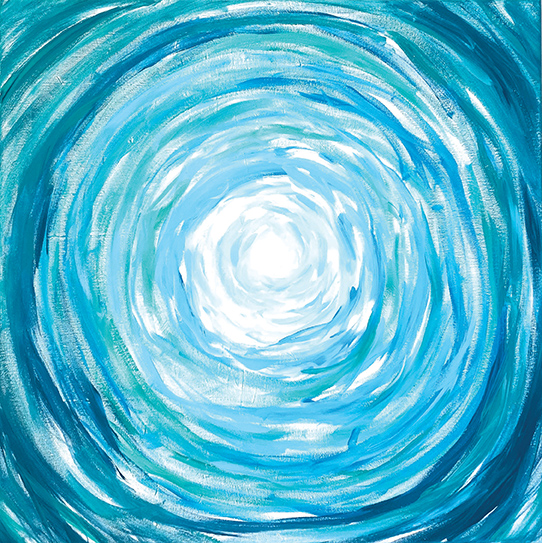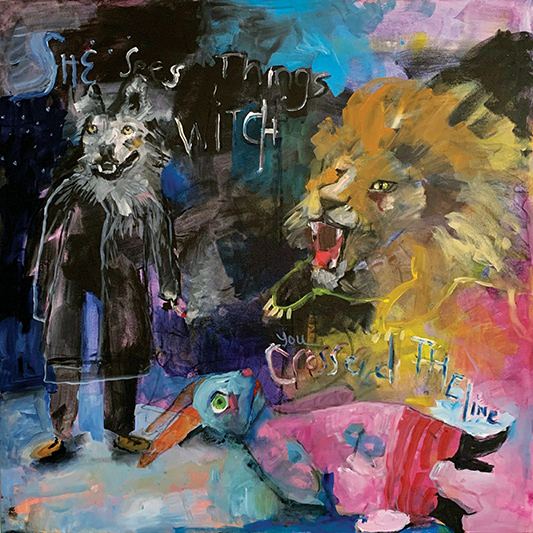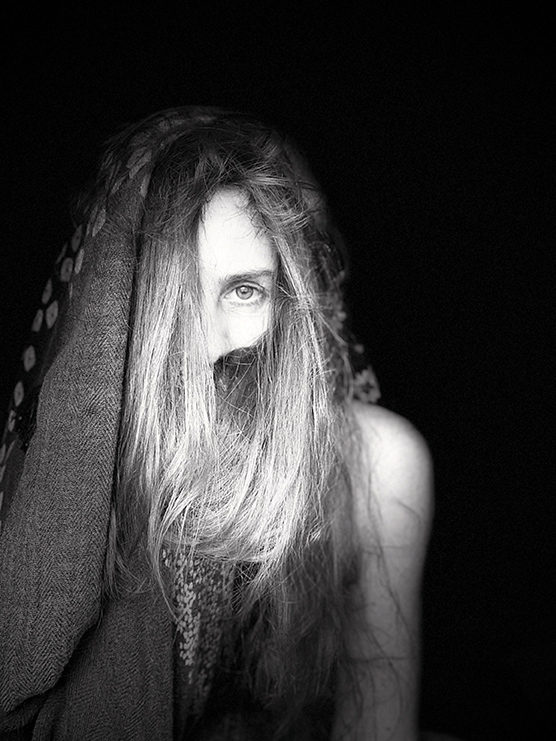Creativity and Catharsis
Two artists share their path through 2020
By: Rita A. Fucillo
It’s amazing how we’ve coped. How we kept moving forward when time stopped being linear. Art New England shut down in mid-March. We knew it would return because art kept happening—we just couldn’t know when. At the same time, a wonderful friend and photographer Steven Richard passed away from the virus; his wife, a tour-de-force in New England’s theater scene, recovered months later, miraculously. The spring was spent in shock. Artist friends and colleagues were manic, painting through the night, multiple brushes in hand for days then abruptly stopping. Large-scale painters went small; small work went big. An “anything-goes-I’m-an-artist” mentality gave permission to try almost anything. I dusted off a novel I’ve been writing—and I worried. Would we print Art New England again? Reminding myself that ANE itself is a story of resilience—it’s a 42-year-old art magazine. And we knew it would be this first issue’s job to tell these stories of how New England’s artists coped and created last year. How we stayed connected. Clearly, it was through art—and the art of listening. Through conversation and catharsis. I kept in touch with enough artists and Zoomed enough programming to know that art was the one constant throughout 2020. Of course art would be the key to surviving this; of course it would save our soul. Art is fearless and dares us to adapt.

Unless you’re a Dammit Doll, you had time on your hands this year. What did you do? We streamed, found our trusted go-tos. Our vernacular includes Zoom, the hottest new noun/verb, and everyday adjectives now carry new meaning: curbside, drive-through, virtual. We ran to the door like a kid at the sound of a car pulling up—Amazon was delivering a box. I lived in the kitchen, cooking and baking, using every pot, pan, and kitchen gadget within reach. We all made some form of art this year.
I’ve read articles where people are asked to name six words that describe 2020. We’ve all been grasping for words. In a year where our breath was taken away, literally and figuratively; where we wear masks to protect our breath, it makes sense that words would be hard to find. There will be many attempts to describe 2020 and its greater meaning. Countless books will be written and in them we’ll catch pieces of our own experience. Many of these will be art books because at the heart of this year is how we turned to art—work that was painted, spoken, danced, screamed, sculpted, written—to express what we could not otherwise. The artists’ materials—infused with extra ingredients of tears and rage, disbelief and discovery—created a new palette of expression.
Marcia Crumley picked up a blowtorch—happy that recent renovations to her Cape Elizabeth, ME, home included installing a ventilator fan in the basement, built for encaustics. Crumley, a painter, also maintains a studio in Boston’s SoWa Arts District—which she can’t access due to the recurring travel bans. Her six words for the year: restlessness, experimentation, vulnerable, connected (to home, nature, family), hopeful, and reflective. Restlessness led to her return to encaustics. In the beginning of the pandemic Crowley “just couldn’t paint at all. I was too depressed and anxious…. For a while I was completely empty creatively. My painting is about beauty and joy and finding joy in nature…I didn’t want to go into a place where you’re thinking dark and painting dark. It’s not how I think. One day I picked up a brush and painted what I felt, which was a swirling mess of emotions, where I felt like I was battling against high seas, but was starting to see my way out of it. I titled that painting Seeking the Light. It was about hope that was starting to form.” That hope led Crumley to push herself artistically and as life slowed, she strove for a “sense of forward momentum” and picked up the blowtorch. The stay-at-home orders allowed her time to learn the medium. “One of the things I really love about encaustics is how they seem to have a mind of their own—you never know exactly what’s going to happen when you use a blowtorch to fuse the paint. …It forces you to give up an element of control. In that sense, encaustics seem like a perfect medium for this pandemic.” And in this time of introspection and re-evaluation, encaustics offered a “tactile, very physical” process of carving and scraping to reveal “underlying layers,” offering its own form of art therapy.

“When I get into the zone of painting,” she continues, “it’s complete and total escape. I forget about the outside world for hours at a time, which for most of 2020 was a very good thing.” She shares a funny story of how her process was affected by the proximity of her in-house studio to where her husband, a political columnist, followed the 24/7 news cycle. ‘I’ve had to play music really loudly through earbuds while painting, which is probably ruining my hearing. I prefer silence, I want to express my own feelings and thoughts, not ones I’m hearing from another artist. I was surprised to find that painting while listening to music hasn’t changed my work much. It has given me more creative titles.” Now she escapes to her basement, blasts the fan on, and returns to the “transparency, the layering and carving” of encaustics. “I love the texture, it’s more tactile. You just can’t get that texture in acrylic painting. One of the things I’d like to do next year is go bigger,” she adds. “It’s much more challenging. You have to keep the wax all over the painting warm and it’s harder to maintain. A heat gun keeps it warm before you paint on the wax and once the wax
is on, you fuse it with the blow torch.”
While Crumley’s art sales “disappeared in March and April…sales really took off in May and have been very steady since. It’s been a banner time for Maine art galleries. People from out of state are buying second homes and need to decorate. Others can’t get to Maine, yet still feel a deep connection because they’ve spent so many summers here. I’ve had steady sales through Instagram and Facebook and the galleries I work with are seeing the same trend. So, it’s actually been a good year for me, which I never would have thought possible.” A roller coaster year. Last May Crumley lost her mother, who suffered from memory loss and couldn’t grasp what was happening with the pandemic. “The act of painting, of sitting down in front of my easel and getting lost in creating, means more to me now than ever. It’s been my salvation.”
As has been the ocean. We fled outside this year, took deep breaths—providing no one was around—and sought refuge by the water. “On really bad days I’d walk to the ocean by myself. It’s only a 10-minute walk and I do my deep breathing exercises…I can definitely feel that calming effect,” Crumley shared. “I’ve taken to getting up early and watching the sun rise over the ocean. In the summer, I’d walk down in the dark. You cycle through so many feelings looking at it. And I’m doing more social media, posting sunrise images every day on Instagram Stories. People are really into it. If I miss a few days, people DM’d asking, ‘Are you OK?’ I would be lost without living here, honestly.”

A little more than three hours directly south of Cape Elizabeth, ME, in the coastal sanctuary of Newport, R.I., Shari Weschler, owner and director of Coastal Contemporary Gallery, looks at her own work hanging on the gallery’s walls—her first solo show since 2017. “I never intended to put myself in like this. It’s not a vanity gallery, not a ‘me’ gallery. It’s always been about what I can do for my artists to the point where I completely abandoned my own work. And I was totally fine with that.” 2020 rewrote the books on scheduling, however, “things shift on a dime now. The whole year has been to keep the gallery going, keep the artists feeling supported. I feel that we did that. The only month we couldn’t have a show was April. We closed halfway through Masc., which ironically was the time we were learning that we needed to wear masks, so that was the first pivoting. We closed the doors but I kept coming in everyday….” Weschler pushed on and, like Maine’s summer boon, Newport’s summer brought foot traffic. “We were busy,” she says, “We could resume openings again.” Yet winter loomed and Weschler feared new COVID travel restrictions and limited attendance. “Not wanting anybody to feel compromised or unsafe, I made the executive decision to put myself in…. Then the only person I’m going to let down is myself.” The decision triggered Weschler’s six words for 2020: pivotal, challenging, evolutionary, strength, overwhelming, and resolve.

The show, BUNNI 2020, is comprised of 14 photographic prints and 19 paintings, with all but one piece created in 2020. The outlier, a painting entitled With Her Deepest Breath, represents the end of Weschler’s 30-year marriage in 2019. Its placement in the show also representing Weschler’s full-throated return to her own art making—and making her work available via the gallery and Instagram. The pandemic allowed her little time between managing the gallery, more than 30 artists, and two kids at home. “I’m never alone,” she explained, “I would lock myself in the bedroom and just take an abstract shot of my body or some sort of self-portrait. Either an abstraction of the form or an expression of what I was learning about myself this year and my own strength.” Several years back, Weschler and her son created Weschler’s avatar, Sumo Bunni, through which she’d appear on social media. “I had to hide behind something…. The rabbit became a cynical storyteller and that became a nickname. People started calling me Sumo Bunni and I liked it.” Today, Weschler is re-emerging on social media. “To be able to show myself, in pictures, and put it on Instagram became such a release…. These images allowed me to feel like I wasn’t hiding anymore. And the paintings became this moment of swirling chaos at home, trying to figure out things for the gallery, looking at the news, feeling fearful for my kids’ future, for myself. And then I’d go up into my studio, and just make something. Art would re-center me. It was like a little moment of therapy.” How does it feel now to look at her show? “It does feel good…it’s almost as if I’m giving myself a gift. I’m not good at putting myself first, so for me to do this, I feel a little bit guilty and selfish but at the same time I’m allowing myself to [acknowledge] everything that I did this year for everyone else—I deserve it.”
Like Crumley, Weschler sought the ocean, too. Having grown up on Long Island Sound, she stresses, “I have to be near water. Water is cleansing…. Elements of nature allow you to remember that we’re tiny little things in this huge universe. Why be fearful? I’m here and I’m allowed to be here. I’m Shari and I can tell my story. The more we can put [our stories] out there, the more it will help lift.”
We have been through something extraordinary. Something for which we have no manual. In the beginning I thought, “Well, there’s no right or wrong. We do our best, whatever that looks like.” My thinking has changed. We have been so consumed by adapting to and surviving this event that we may have lost sight of what does get us through—and that is listening to each other and validating each other’s experience with kindness. As I proofread this issue, I was struck by the use of certain words by multiple writers: balm, solace, healing, connecting…when referring to the power of art. We’ve been locked up yet art let us breathe, gave us our breath back. Sometimes we don’t know what we feel until we see a piece of art expressing it. This we celebrate. My six words in this moment? This issue is for you, Steven.
Rita A. Fucillo is the associate publisher of Art New England.
